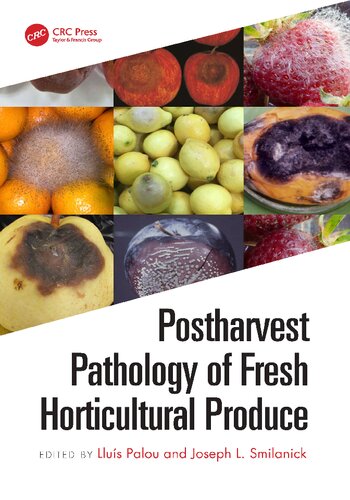

Most ebook files are in PDF format, so you can easily read them using various software such as Foxit Reader or directly on the Google Chrome browser.
Some ebook files are released by publishers in other formats such as .awz, .mobi, .epub, .fb2, etc. You may need to install specific software to read these formats on mobile/PC, such as Calibre.
Please read the tutorial at this link. https://ebooknice.com/page/post?id=faq
We offer FREE conversion to the popular formats you request; however, this may take some time. Therefore, right after payment, please email us, and we will try to provide the service as quickly as possible.
For some exceptional file formats or broken links (if any), please refrain from opening any disputes. Instead, email us first, and we will try to assist within a maximum of 6 hours.
EbookNice Team

Status:
Available4.4
33 reviewsOptimal distribution of fresh horticultural products entails prolonging their freshness and nutritional quality as long as possible after harvest. A major limitation to their marketing is decay after harvest, which is caused primarily by fungal pathogens. Postharvest Pathology of Fresh Horticultural Produce provides a comprehensive resource of information about the biology and control of postharvest diseases of many fresh horticultural products, citing sources from appropriate literature of any age, rather than only the most recent.
The etiology and symptoms of postharvest diseases and the biology of postharvest pathogens are reviewed by leading experts, who are familiar with many of world’s most popular fresh fruits and vegetables and the diseases that affect them.
Key aspects related to infection and epidemiology, methods to minimize postharvest decay losses, including use of conventional fungicides and alternative management strategies, harvest and handling practices, and other aspects are described for the most significant temperate, subtropical, and tropical fruits as well as fruit-like vegetables and leafy vegetables.
Features:
The authors summarize a massive quantity of published information, and often apply their own considerable practical experience to identify and interpret the most significant information. This book is a valuable and comprehensive resource for industry professionals, academics, educators, students, consultants, pest control advisors, regulatory personnel, and others interested in this subject.